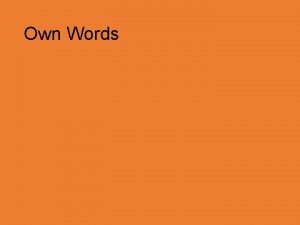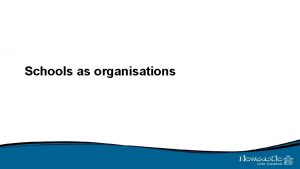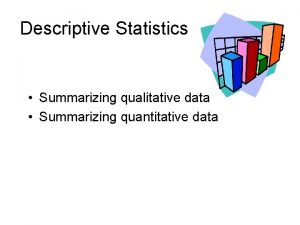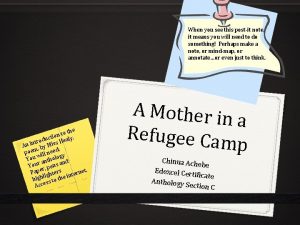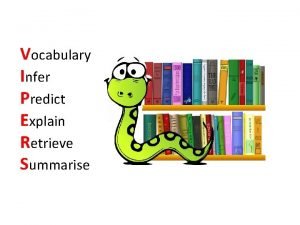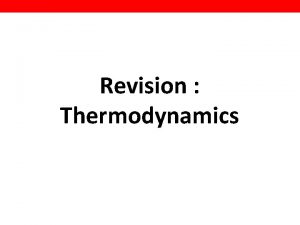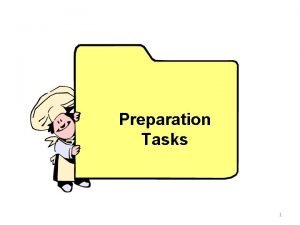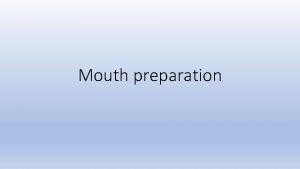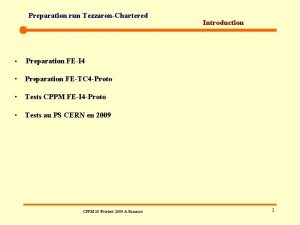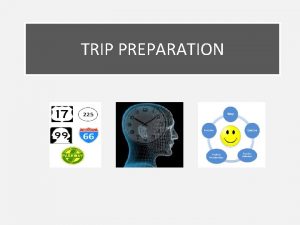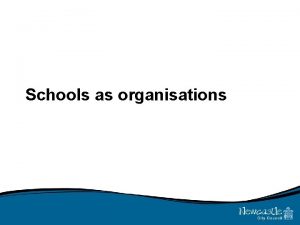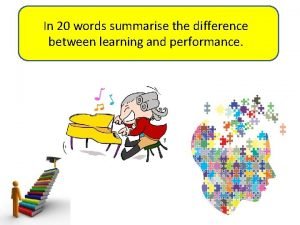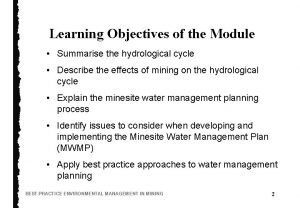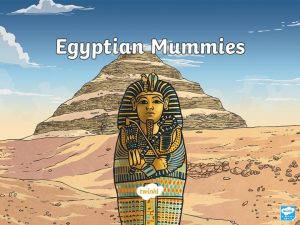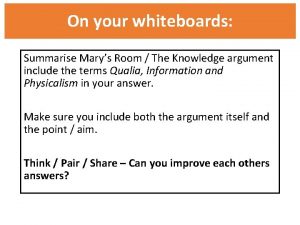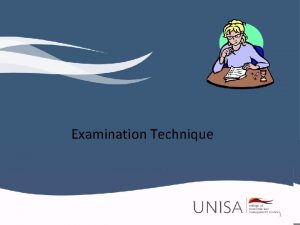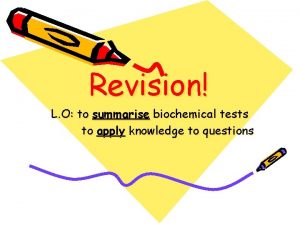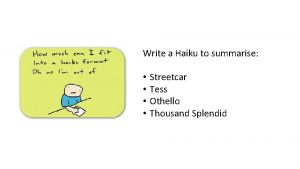Preparation for learning On your sheet summarise what





















- Slides: 21

Preparation for learning: On your sheet, summarise what you remember about interactionism and labelling theory. How can these theories explain crime and deviance?

Crime and Deviance Paper 3 – Crime and Deviance: Different theories of crime, deviance, social order and social control: Labelling theory

Learning Objective: To be able to describe and evaluate interactionist theories of crime

Present new information: Type in the following web address into your phone: https: //www. police. uk/ Look at the crime statistics in your area Answer the following questions: 1. Do you think these statistics represent the real rate of crime? If yes/no – explain 2. What are the strengths and weaknesses of official statistics

The social construction of crime: ØLabelling theorists are interested in how and why certain acts come to be defined and labelled as criminal in the first place. ØNo act is inherently criminal or deviant in itself, in all situations and at all times. ØActs are considered criminal/deviant when others label it as such. It is not the nature of the act that makes it deviant, but the nature of society’s reaction to the act. ØHoward Becker states a deviant is simply someone to whom the label has been successfully applied. ØThose who create and enforce laws are seen as moral entrepreneurs – these are people who lead a moral ‘crusade’ to change the law in the belief that it will benefit those to whom it is applied. He argues that this new law invariably has two effects: ØThe creation of a new group of ‘outsiders’ – outlaws or deviants who break the new rule ØThe creation or expansion of a social control agency (such as the police) to enforce the rule and impose labels on offenders.

AO 2 Application: social construction of crime ØPlatt (1969) argues that the idea of ‘juvenile delinquency’ was originally created as a result of a campaign by upper-class Victorian moral entrepreneurs, aimed at protecting young people at risk. This established ‘juveniles’ as a separate category of offender with their own courts, and it enabled the state to extend its powers beyond criminal offences involving the young, into so-called ‘status offences’ such as truancy and sexual promiscuity.

Who gets labelled? ØNot everyone who commits an offence is punished for it. Whether a person is arrested, charged and convicted depends on factors such as: v. Their interactions with agencies of social control such as the police and courts v. Their appearance, background and personal biography v. The situation and circumstances of the offence. ØThis leads labelling theorists to look at how the laws are applied and enforced. Their studies show that agencies of social control are more likely to label certain groups of people as deviant or criminal. e. g. Piliavin and Briar (1964) found that police decisions to arrest were based on physical cues (manners and dress) as well as their gender, class and ethnicity.

Construct: Complete the worksheet on the ‘social construction of crime statistics’

AO 2: Apply ØUsing the example of Stephen Lawrence, explain how this is an example of labelling and how this can lead to the official statistics being socially constructed: Øhttps: //www. youtube. com/watch? v=EQxdyt 6 Ijq. Q

Elaborate: The effects of labelling: Using page 81 -82, complete a mind map explaining the ‘effects of labelling’ Master status Primary and secondary deviance Deviant career Effects of labelling AO 2: Case studies Apply these concepts to an explain the negative labelling of some groups in society • Asylum seekers – ‘immigrants’ • Mods and Rockers • Vulnerable people – ‘scroungers’ • Chavs – ‘underclass’ of society • Criminal • Jock Young – hippy marijuana Deviance amplification spiral

AO 2: The effects of labelling ØJock Young (1971) carried out a study of hippy marijuana users in Notting Hill to support secondary deviance. Initially, drugs were not central to their lifestyle – an example of primary deviance. However, prosecution and labelling by the police led the hippies to see themselves as outsiders. They developed a deviant subculture, wearing long hair and more ‘way out’ clothes. Drug use became the central activity, inviting further attention from the police and creating a self-fulfilling prophecy. ØTherefore suggesting that it is not the act itself, but the hostile societal reaction by the social audience, that creates serious deviance.

AO 2 Apply / homework: Using page 83, apply your knowledge of labelling theory to explain deviant behaviours like suicide and/or mental illness

Review Quiz Trade

Preparation for learning: List possible ways to evaluate interactionism as an explanation for crime and deviance

AO 3 Research Support: Deviance amplification How does Stan Cohen’s (1972) research into Folk Devils and Moral Panics support labelling theory and deviance amplification in causing crime and deviance. Extension: ØWhat was the research method involved in this study? ØWhat are the strengths and weaknesses of using this research method? https: //www. youtube. com/watch? v=r 61 ks 18 Bd 7 I

AO 3 Research Support: Deviance amplification Stan Cohen’s (1972) Folk Devils and Moral Panics on the mods and rockers supports this. In the 1960 s: two rival groups emerged (mods and rockers) who had different styles of dress, taste in music etc. In 1964 in Clacton, these two rivals came to blows The media as a result exaggerated and distorted reports of a moral panic, with growing public concern and with moral entrepreneurs calling for a ‘crackdown’. The police responded by arresting more youths, whilst the courts imposed harsher penalties. This confirmed the truth of the original media reaction and provoked more public concerns, in a upward spiral of deviance amplification. Also, by demonising the mods and rockers are ‘folk devils’ caused their further marginalisation as ‘outsiders’ resulting in more deviant behaviour.

Evaluation (AO 3): TASK – Decide which aspect(s) of interactionism / labelling theory the following studies illustrate / support Labelling theory : Labelling stammering as deviant made this behaviour appear unacceptable and therefore were less likely to want to repeat this – humiliation.

Elaborate: TASK – Decide which aspect(s) of interactionism / labelling theory the following studies illustrate / support Labelling theory / symbolic interactionism: Their appearance, background led to these people being labelled as deviant / criminal and therefore the police were more likely to stop and search. Their appearance acted as a ‘symbolic cue’ that they were deviant Cicourcel (1968) – ‘typifications’ Labelling occurred more to w-c ‘roughnecks’. The police’s shared typification of ‘roughnecks’ being deviant led to increased trouble with the police

Elaborate: TASK – Complete the evaluation box on page 21 using page 84 in the textbook

The implications of labelling for the criminal justice system ØRecent studies have shown how increased in the attempt to control and punish young offenders are having the opposite effect. ØTriplett (2000) points out that in the USA, the criminal justice system has re-labelled minor offences as more serious resulting in harsher sentences. This has resulted in an increase in offending. De Haan (2000) draws attention to a similar situation in Holland with the increased stigmatisation of young offenders. ØThese findings indicate that labelling theory has important policy implications. They add weight to the argument that negative labelling pushes offenders towards a deviant career. Therefore logically, to reduce deviance, we should make and enforce fewer rules for people to break e. g. decriminalising soft drugs; avoid publicly naming and shaming. ØBraithwaite (1989) – policy of reintegrative shaming (e. g. “he has done a bad thing”) avoids stigmatising the offender as evil whilst at the same time making them aware of the negative impact of their actions upon others, and then encourages others to forgive them and accept them back into society. Help rehabilitate the criminal behaviours. This avoids pushing them into secondary deviance. This type of shaming will lead to lower crime rates in societies.

Review: Using material from Item A (pg. 22), evaluate the view that crime and deviance are the product of the labelling process (30 marks)
 Summarise in your own words
Summarise in your own words Summarise types of early years provision
Summarise types of early years provision Infer vipers
Infer vipers How to summarize qualitative data
How to summarize qualitative data Group living theoretical approaches
Group living theoretical approaches Summarise the poem “a mother in a refugee camp”
Summarise the poem “a mother in a refugee camp” Summarise the poem words
Summarise the poem words Vipers summarise
Vipers summarise Realism vs anti realism
Realism vs anti realism Cuadro comparativo de e-learning b-learning y m-learning
Cuadro comparativo de e-learning b-learning y m-learning Give us your hungry your tired your poor
Give us your hungry your tired your poor Stock verifier found
Stock verifier found Kontinuitetshantering i praktiken
Kontinuitetshantering i praktiken Typiska drag för en novell
Typiska drag för en novell Nationell inriktning för artificiell intelligens
Nationell inriktning för artificiell intelligens Vad står k.r.å.k.a.n för
Vad står k.r.å.k.a.n för Varför kallas perioden 1918-1939 för mellankrigstiden?
Varför kallas perioden 1918-1939 för mellankrigstiden? En lathund för arbete med kontinuitetshantering
En lathund för arbete med kontinuitetshantering Adressändring ideell förening
Adressändring ideell förening Personlig tidbok fylla i
Personlig tidbok fylla i Anatomi organ reproduksi
Anatomi organ reproduksi Densitet vatten
Densitet vatten
